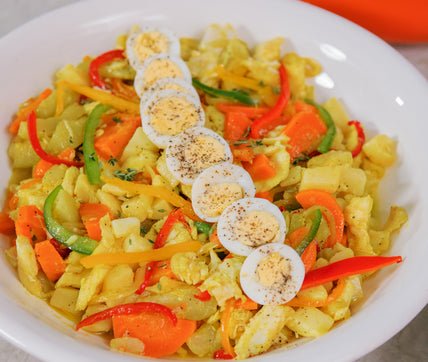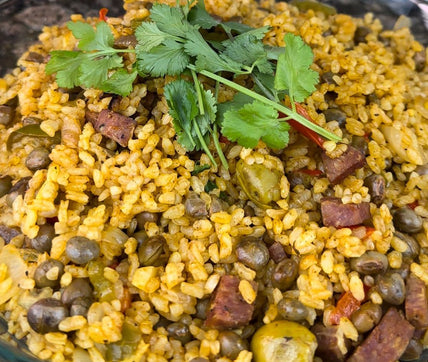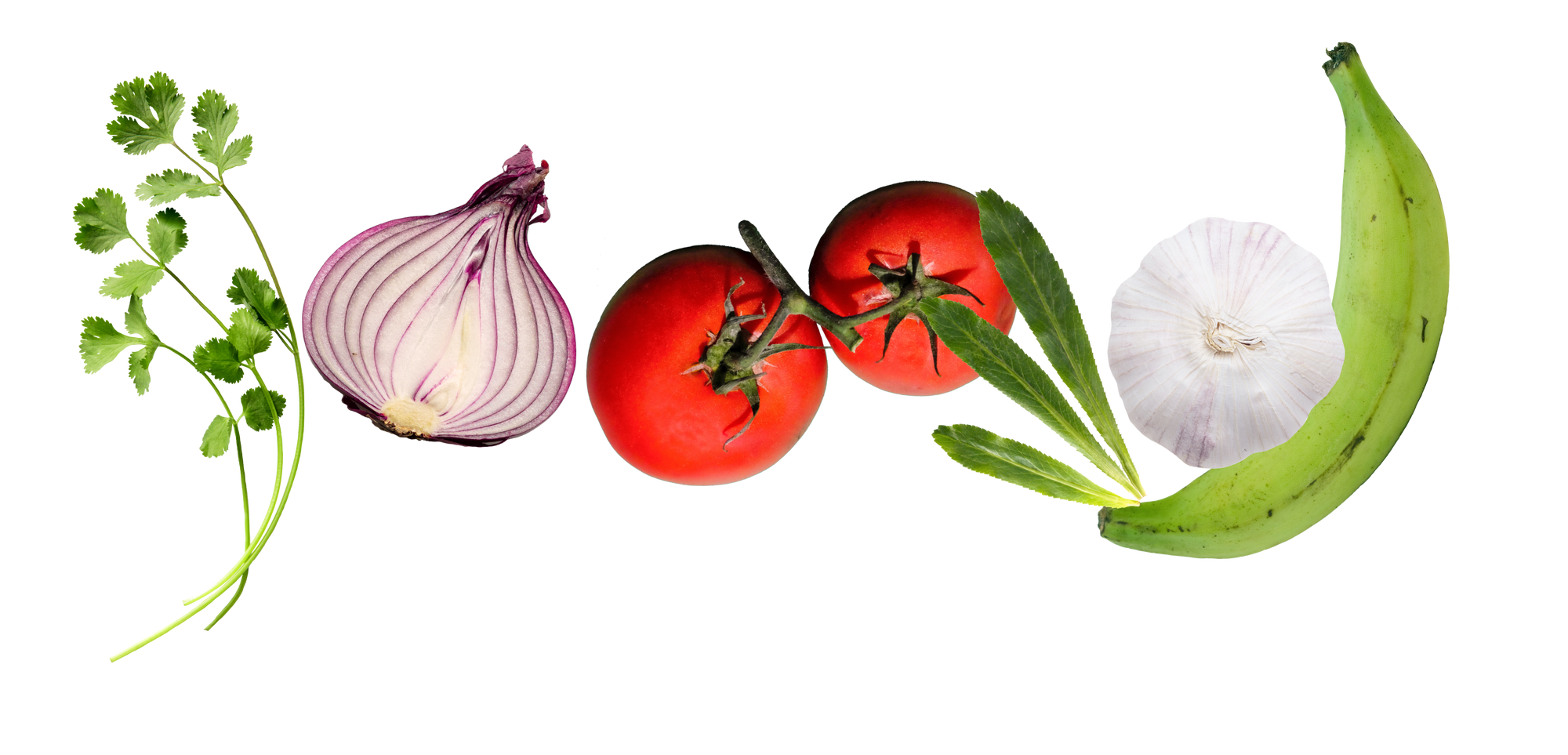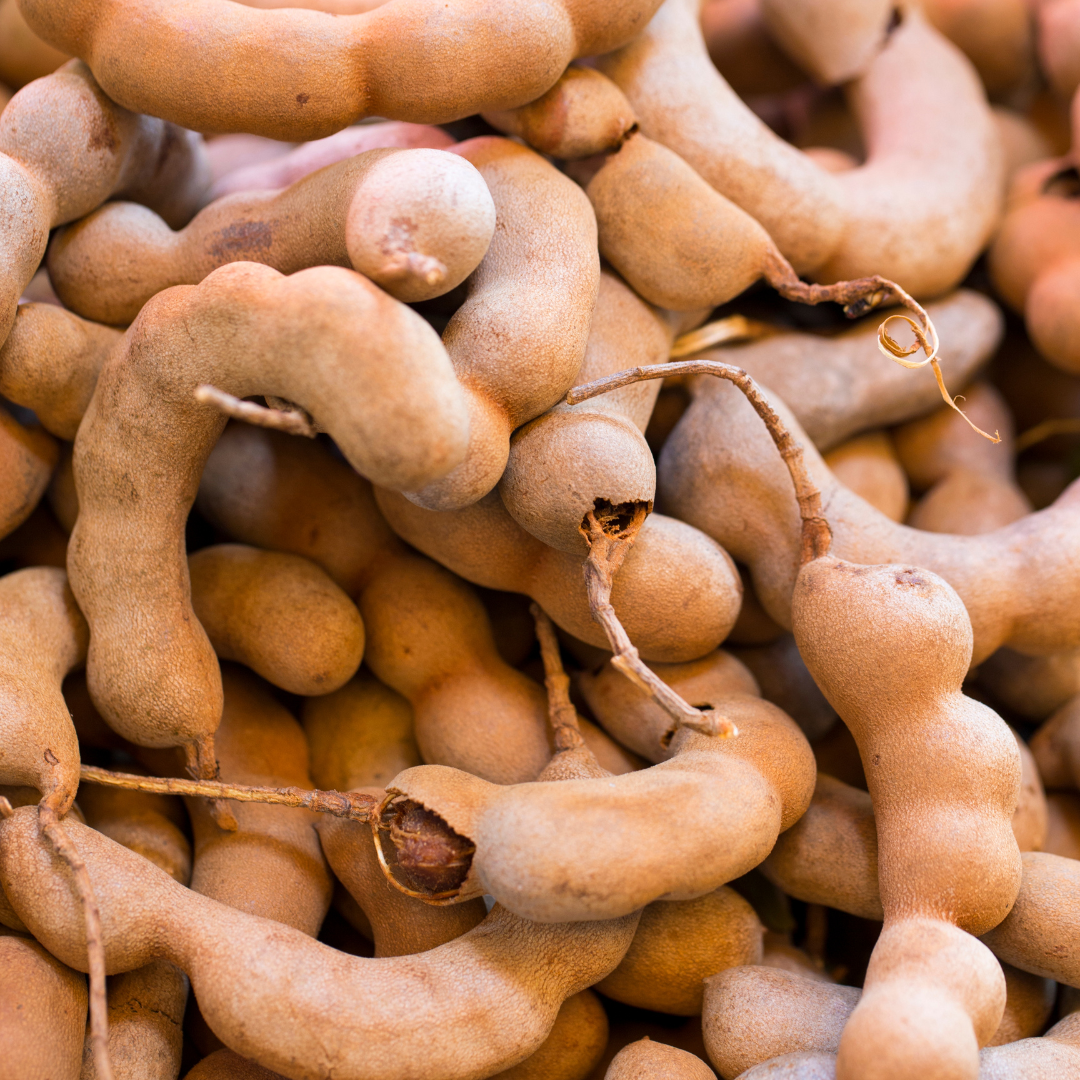
Popular Latin American Ingredients With African Roots
This #BHM, and all year long, we’re celebrating how the African diaspora has influenced Latin cuisine!
By Janel Martinez | @janelm
Latin American food traditions reflect the diversity within la comunidad. While dishes like arroz chaufa in Peru and chofán in the Dominican Republic reflect the Asian influences in Latin America; similarly, corn-rich tamales are connected to Indigenous communities in what is now Mexico and Central America. However, how often do we learn about Africa’s culinary contributions to Central and South America, as well as the Caribbean?
Although Latin American and Caribbean foodways are inherently connected to the continent, Africa’s contributions to their culinary traditions are often minimized or erased. But, its influence can’t be ignored. The transatlantic slave trade brought African cuisine beyond the continent’s borders. A reported 10.7 million Africans were taken to be enslaved and survived the Middle Passage, and 388,000 arrived in what is now the United States. However, Brazil, which has the largest Black population outside of the continent of Africa, received 4.86 million enslaved Africans, and the others were distributed throughout the Caribbean and the remainder of North, Central, and South America. Estimates vary, but it’s believed anywhere between 134 million and 150 million people of African descent currently live in Latin America.
“Understanding the cultural impact Africa has had on countries throughout Latin America helps us feel more connected as Black people to some of the traditions our ancestors cultivated,” says Wendy Lopez, MS, RD, CDCES, co-founder of Food Heaven. “We’re also able to see the similarities we share across different countries, especially through food. It’s fascinating to see how African staples like plantains, cassava, okra and rice show up in different dishes throughout Latin America.”
With a number of ingredients linking directly to the motherland, we’re taking a closer look at seven of the most popular Latin American ingredients that have African roots.
Cassava
Commonly referred to as yuca, casabe or manioc, cassava is a mainstay in Latin American and Caribbean cuisine. Its subtle, yet starchy taste makes it extremely versatile. You’ll find the root vegetable fried, like the popular alternative to french fries, yuca frita; boiled and devoured in a hearty sancocho, or eaten as a side to your pollo guisado. It can also be ground into flour and used to make empanadas, pasteles or a thin, gluten-free bread. While cassava is actually native to Brazil and South America, it was first linked to Africa in 1558.
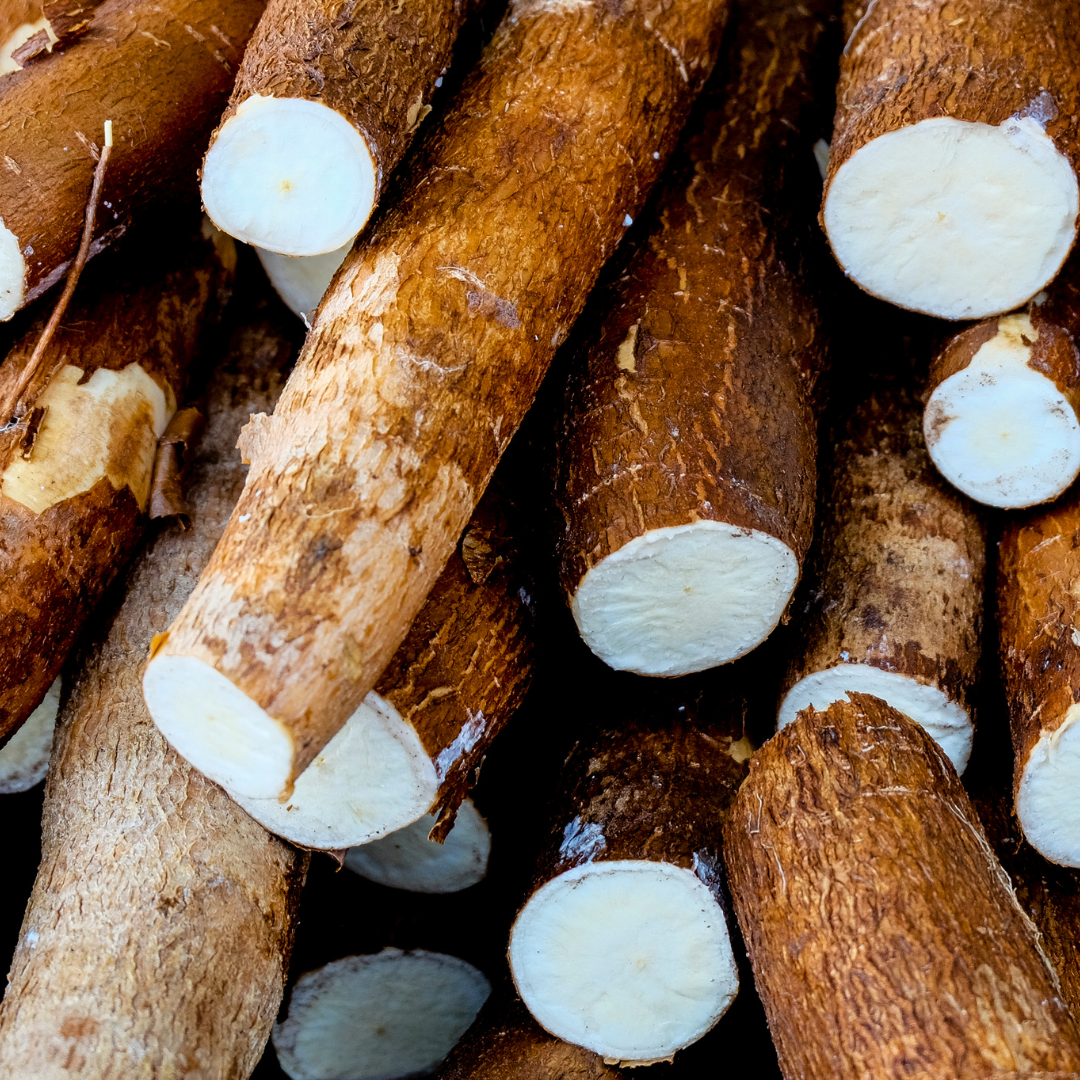
Hibiscus
Having a tart, floral flavor, hibiscus is often associated with the sweet, deep red drink jugo de Jamaica — also known as agua de Jamaica or rosa de Jamaica. The hibiscus sabdariffa, commonly called roselle, is a plant that is native to continental Africa and the starting point for all hibiscus-based recetas. Found in dried flower form at the local grocery store or in the international section of the supermarket, hibiscus has a number of health benefits, including regulating cholesterol levels, lowering one’s blood pressure and helping to maintain a healthy immune system.
“Hibiscus is high in anthocyanins, an antioxidant that offers a range of health benefits plus lends its beautiful red color,” adds Lopez. “Incorporating our ancestral plant foods is an excellent way to improve the nutritional content of meals.”

Pigeon Peas
Gandules, or pigeon peas, are another versatile ingredient. These legumes are found in stews or as a side dish, but, in Latin American and Caribbean cuisine, it’s most commonly served as arroz con gandules. Pigeon peas arrived in the Americas via the transatlantic slave trade, however, they’re believed to have originated in India. High in protein and nutrients (think: vitamin C and vitamin K), gandules provide several health benefits, like strengthening your immune system, maintaining cardiovascular health and enhancing your energy.

Plantain
Mangu. Mofongo. Tostones. That’s only naming green plantain-derived dishes, however, yellow plantains also get lots of love. The fruit is one of the most popular ingredients in Latin American households across the diaspora and named the tenth most important food staple globally. Native to Southeast Asia, plantains were brought to West Africa through trading and, reportedly, discovered by the Portuguese who brought it back to Latin America. It’s presence throughout Latin America and the Caribbean can be attributed to the slave trade.

Sugar Cane
This sweet ingredient has a brutal history. Deriving from New Guinea, spreading to Southeast Asia, the Pacific and India through migration, sugar was a huge commodity for colonial powers. As the value of sugar increased, so did the demand for enslaved labor and enslaved Africans were brought across the Western Hemisphere to work on plantations. With Latin American countries like Brazil and Guatemala among the leading exporters of sugar to date, sugar cane — or caña de azúcar — remains a sweet addition to many of our plates. Whether you’re enjoying it as a refreshing drink, like guarapo de caña, or a natural sweetener for a receta, it remains as a sweet staple.

Tamarind
Indigenous to Africa, tamarind is a versatile ingredient with a signature sweet-tart flavor. The fruit can be made into a salsa, turned into a treat — like a candy or a popsicle — or enjoyed as agua or jugo de tamarindo. In addition to tamarind being a popular ingredient, it’s been used for medicinal purposes for centuries. Some of its health benefits include improving heart health and cholesterol, protecting your liver, and having anti-cancer and anti-diabetic benefits.

Rice
The origins of rice can be traced back to Asia and Africa. However, history shows that rice hailing from Africa arrived (and later thrived) in Latin America through enslavement. With no prior knowledge on how to cultivate the grain, slave owners relied on enslaved Africans from the rice growing region between Guinea and Guinea-Bissau and the western Ivory Coast. Today, rice is the fourth most consumed food in Latin America. From hearty rice dishes, like locrio de pollo, to sweet recetas, like arroz con leche, its popularity should come as no surprise.

“Latin America offers a variety of fruits, vegetables, nuts, seeds, legumes, and whole grains that are in fact very nutritious,” affirms Lopez. “Understanding that many of these foods are an extension of Africa helps us redefine healthy eating on our terms and eat in ways that honor our culture.”

